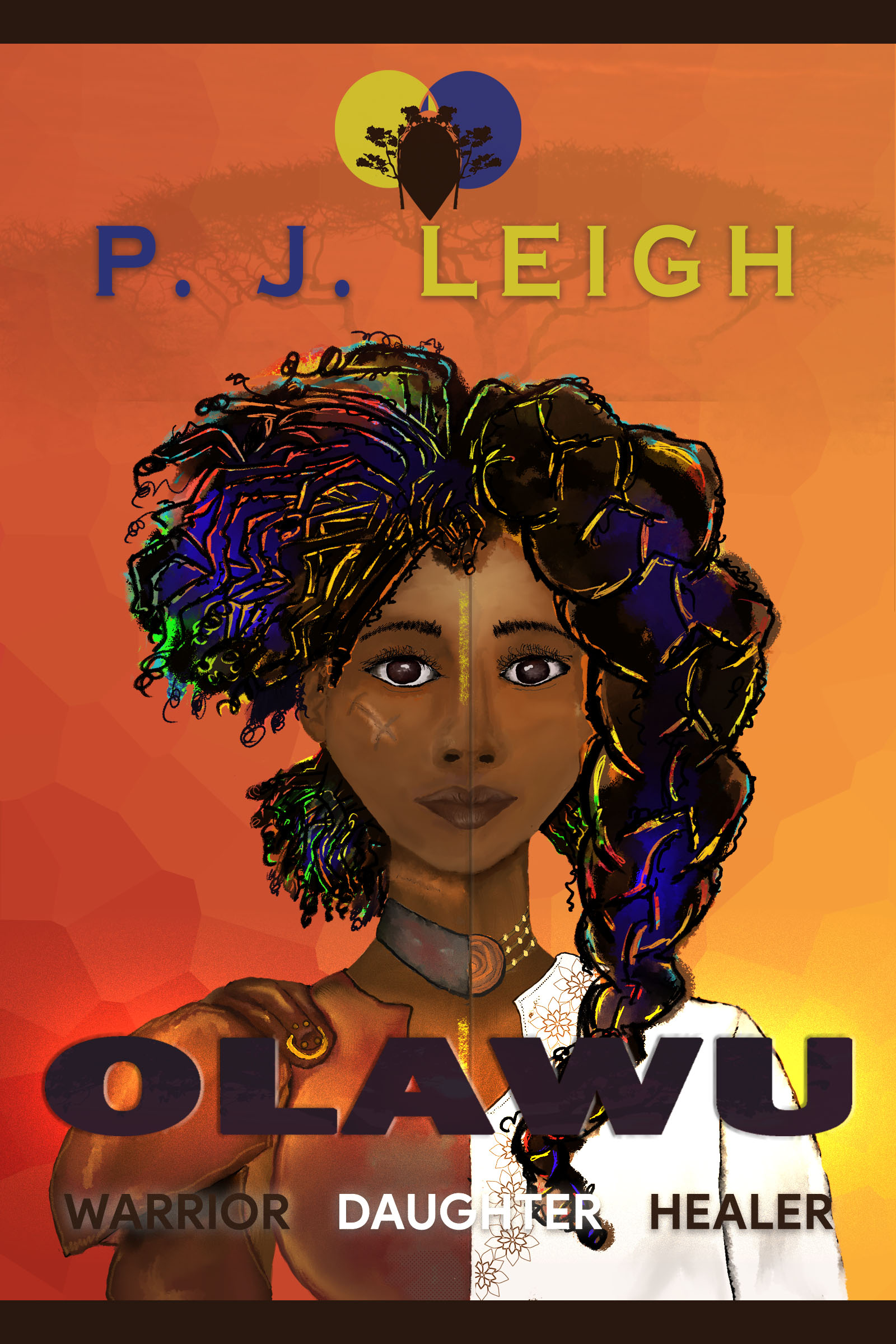
7 Steps To Help You Edit Your First Draft
Editing your first draft is a lot of work. And the editing process is one that cannot be rushed. But don’t dread it. Editing can actually be a really fun and exciting experience as you fine tune your story. If you’ve finished your first draft, you’ve already gathered most of your creative materials together. The next few rounds of editing (because trust me, your draft needs more than one round of editing) can be divided into three parts.
I like to call the first round “Story Bones.” Why? Because the goal is making sure the story is solid and can hold up on its own. This isn’t the round that calls for fancy writing and tension building – more on that later. Don’t worry if the story isn’t pretty, just make sure you’ve got a full skeleton at the end of it. And if you don’t, you’ll probably need to do some rewrites. Whether you’ve already written that elusive first draft or are just doing some preliminary research, here are seven steps to get you going. Please know that this is my creative process, and if it doesn’t work for you, that doesn’t make you (or me) wrong. Use what is useful.
Step #1 Get the Voice Right
A big problem in first drafts is vague or static characters. This is especially true in multi-point-of-view works. Fleshing out your characters requires a bit more work than giving them names and backstories. You want each character to have a distinct way of talking, reacting, and thinking.
This may seem silly, but it actually works. In order to get the voice right, assign an actor or actress (or a character they play) to your characters. It could be Morpheus from the Matrix, or Sheldon from Big Bang Theory. Whatever works. Then go through your draft and make sure your character sounds and acts the way they should. If Morpheus turns into Shakespeare halfway through the draft, you know you’ve got a problem. Unless that was what you were going for.
Step #2 Follow Through with Character Arcs
Once you’ve got the voice down, the next step is to read the draft following one character’s arc. If you just have the one, focus on those important dynamic character traits. How do the internal and external struggles play out? Is the character a different person or in a different place? Did the character stray from the arc? (Mine do this all the time). If you have multiple characters, do this for each character. Skip the parts where they don’t exist and just read their story. Does it make sense? Are their reactions too weak or too strong? Is their story lacking in something? Introspection, details, goals? This is also a great opportunity to discover if you’ve used more than one name for a character by accident. Been there, done that.
Step #3 Watch out for Exposition
This isn’t a lecture on show versus tell, just a suggestion on how to make exposition work better. If you’ve got more than a few lines of exposition – a segment where you tell the reader things that have happened rather than them seeing those things play out in real time – cut them out. But don’t delete them. Save them in a separate file, or put them in a comment near that section. Bonus tip, comments are a great editing tool. If I happen across a sentence or segment that needs work, but I don’t have time to deal with it, I leave a comment so I can circle back to it later.
Once you’ve removed the exposition, reread that section. Does taking out the exposition make a difference? Does the story still make sense? If so, maybe you don’t need it. If not, maybe you still don’t need it. You’ll have to play around with it. See? Editing involves play. Editing is fun!
Step #4 Check for Plot Holes
Logic out your plot points. If it’s helpful, do a chronological outline of your plot. Sometimes the whole story in our head doesn’t make it onto paper. We miss things, and now your character is referencing a crucial phone call that never happened. Oops. Or, sometimes we write things that just don’t make sense. It happens.
Step #5 Solidify Story Structure
The order of your first draft does not have to stay intact. Move segments, chapters, flashbacks, and scenes around to make sure your story structure works for, well, your story. First chapters can be swapped with chapter three with a little tweaking. Characters can meet sooner, or later, if you prefer. Have fun with it.
Step #6 Do a Cold Reading
A cold reading is an absolute must for the end of each editing round. You’ve played around a lot with your draft at this point. Before diving into another round of edits, take a few days, or even a week, to leave your story alone. Then come back and read it with fresh eyes.
Step #7 Work on that First Chapter
Now that the cold reading is done, focus on your first chapter, especially the first and last lines and the first paragraph. Remember, the first chapter is an invitation to readers. How appealing is that invitation? Depending on the genre, you may want to introduce the main character or conflict much sooner. At any rate, try to make your first chapter as enticing as you can.
If you feel you’re ready for honest feedback you can start with your first chapter. The rest of your manuscript isn’t ready yet. And the first chapter probably isn’t ready, either. But don’t worry. It’s all part of the process. Feedback can help you pinpoint what’s missing, because even after a cold reading you’ve still got blind spots. You’re still too close to the story.
As you go through these steps, remember that editing is a process. Some of the steps will overlap, and some of the steps will need to be repeated multiple times before you get it right. Keep at it until you’ve got a story you love.
I’ll be posting more about my editing process in the future, but for now that’s my Write Or Die Advice. Happy editing!

